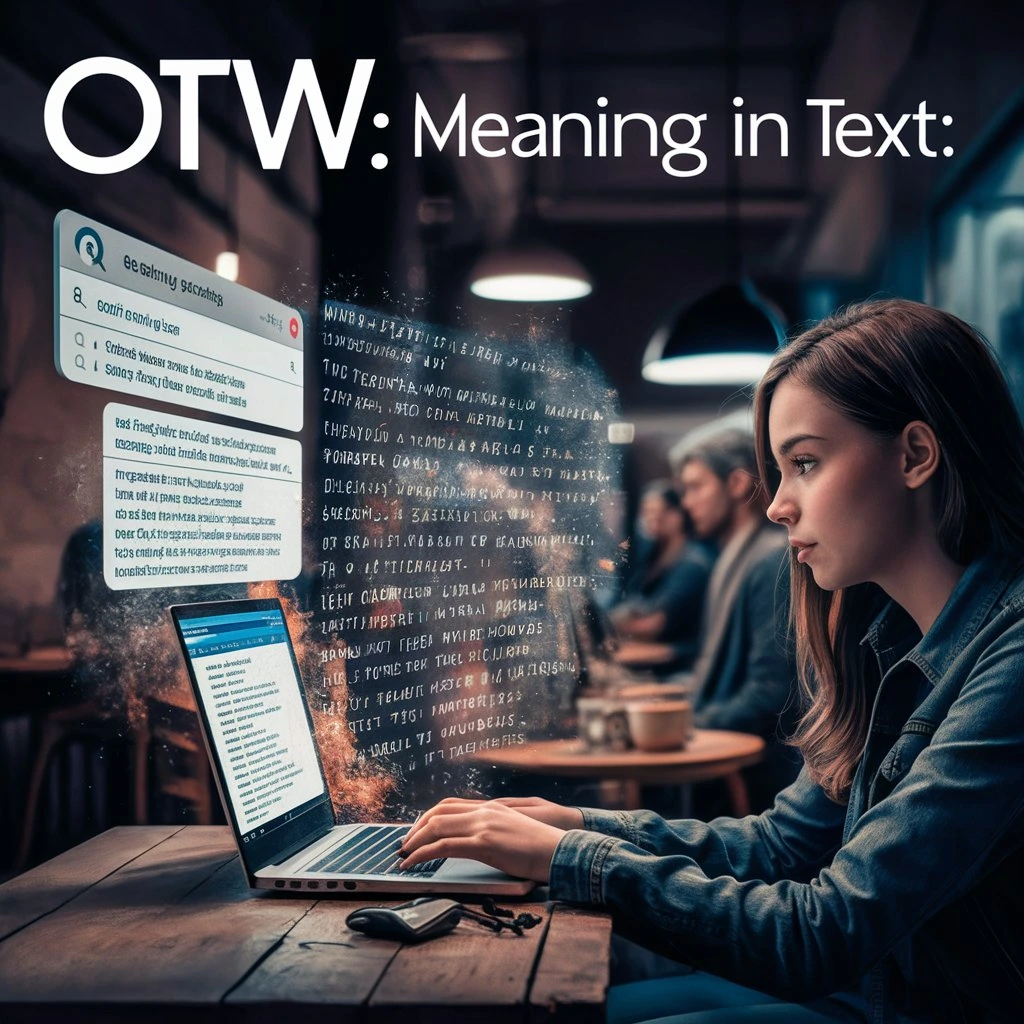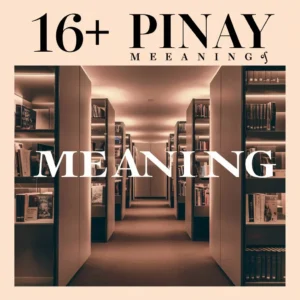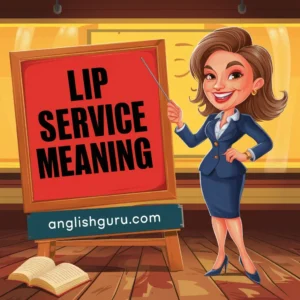Introduction
In today’s fast-paced digital world, abbreviations and acronyms dominate text conversations. Among them, “OTW” is one of the most common shorthand phrases people use. If you’ve ever received a message saying “OTW,” you may have wondered what it means, when to use it, and whether it’s appropriate in casual or professional communication.
This article will not only explain the meaning of “OTW in text” but also go beyond it. We’ll look at 15+ alternatives that fit different contexts, whether you want to sound polite, professional, or casual. Additionally, you’ll see 11 texting examples that show how to use these phrases naturally in real conversations.
By the end, you’ll have a clear understanding of how to use OTW effectively—or replace it with a phrase that better matches your tone.
What Does OTW Mean in Text?
OTW stands for “On The Way.” It’s commonly used in texting, messaging apps, or social media to let someone know you are heading to a location or about to arrive.
For example:
- Friend: “Are you still coming?”
- You: “Yes, OTW.”
It’s quick, clear, and widely understood, especially among younger users. However, OTW is not always the best choice in every setting. In professional or formal communication, using the full phrase or an alternative often sounds more polished and respectful.
Why Use Alternatives to OTW?
While OTW is convenient, alternatives are useful when:
- You’re texting in a professional context (e.g., to a colleague, manager, or client).
- You want to add a touch of politeness or warmth.
- You prefer a clearer message to avoid confusion.
- You want to make your communication more engaging instead of robotic or abrupt.
15+ Alternatives to OTW Meaning in Text
Here are different ways to say “OTW” depending on your tone and situation:
1. On My Way
The full version of OTW. Polite, clear, and suitable for both casual and professional contexts.
Example:
- “I’m on my way, see you soon.”
2. Heading Over
Casual and friendly, often used with friends or family.
Example:
- “Just finished work, heading over now.”
3. Almost There
Shows you’re close to arriving. Works well when someone is waiting for you.
Example:
- “Almost there, give me five minutes.”
4. Be There Shortly
Polite and professional. Great for workplace messages.
Example:
- “I’ll be there shortly, just finishing up a task.”
5. Making My Way
Adds a casual, friendly vibe.
Example:
- “Making my way to your place, traffic is heavy though.”
6. See You Soon
Polite and warm, emphasizing anticipation rather than the journey.
Example:
- “See you soon, can’t wait to catch up!”
7. On Route / En Route
More formal and clear, often used in professional contexts.
Example:
- “I’m en route to the meeting location.”
8. Driving Over / Walking Over
Gives specific context about how you’re traveling.
Example:
- “Driving over now, should be there in 15.”
9. About to Leave
Indicates you’re not yet on the way but just about to start moving.
Example:
- “About to leave the office, will be there soon.”
10. Will Be There Soon
Gentle and polite, suitable for casual and professional settings.
Example:
- “I’ll be there soon, thank you for waiting.”
11. On the Move
A casual, upbeat alternative to OTW.
Example:
- “On the move now, should be at your place in 10.”
12. Approaching Now
Professional and straightforward, best for short updates.
Example:
- “Approaching now, please have the documents ready.”
13. Heading Your Way
Friendly yet versatile, works for friends and coworkers alike.
Example:
- “Heading your way, see you in a bit.”
14. Making Progress for You
Less common but polite; it softens the abruptness of OTW.
Example:
- “Making progress to you, traffic is slow.”
15. On Track to Arrive
Professional, useful for formal communication.
Example:
- “On track to arrive at the office within 20 minutes.”
16. ETA: [Time]
(ETA = Estimated Time of Arrival) Professional and efficient, widely used in business or logistics.
Example:
- “ETA: 2:15 PM. Thank you for waiting.”
How to Choose the Right Alternative
- Professional Setting: Use polite and clear phrases like “Be there shortly,” “En route,” or “On track to arrive.”
- Casual Conversation: Short, friendly phrases like “Heading over,” “See you soon,” or “Almost there.”
- Urgent Updates: Use precise expressions like “ETA 10 minutes” or “Approaching now.”
- Friendly Tone: Add warmth with “See you soon” or “Heading your way.”
11 Texting Examples of OTW Alternatives
Here are practical examples showing how you can replace “OTW” in real conversations:
Example 1: Professional Meeting
Colleague: “The client just arrived. Are you close?”
You: “Yes, I’ll be there shortly.”
Example 2: Friend Hangout
Friend: “Movie starts in 20, where are you?”
You: “Heading over now, don’t start without me!”
Example 3: Family Gathering
Mom: “Dinner is ready. Whenn will you arrive?”
You: “Almost there, give me five minutes.”
Example 4: Romantic Partner
Partner: “Can’t wait to see you tonight ❤️”
You: “On my way, see you soon.”
Example 5: Business Appointment
Client: “Are we still meeting at 3 PM?”
You: “Yes, I’m en route to the office.”
Example 6: Ride-Sharing Context
Passenger: “Where’s the driver?”
Driver: “On the move, ETA 2 minutes.”
Example 7: Casual Chat
Friend: “We’re all waiting at the café.”
You: “About to leave, should be there soon.”
Example 8: Team Collaboration
Manager: “Team is gathered in the meeting room.”
You: “Heading your way, be there in 2.”
Example 9: Family Event
Sibling: “Are you late again?”
You: “Making my way, just stuck in traffic.”
Example 10: Delivery / Logistics
Customer: “When will my order arrive?”
Delivery Rep: “Approaching now, please be ready to receive it.”
Example 11: Formal Communication
Supervisor: “Are you still coming to the conference?”
You: “Yes, I’m on track to arrive within 15 minutes.”
Final Thoughts
The abbreviation OTW (On The Way) is simple and convenient, but it’s not always the best option. Depending on your audience and context, you may want to choose a politer, more professional, or warmer alternative. From “Be there shortly” to “ETA 15 minutes,” these phrases give you flexibility to express yourself clearly and appropriately.
Using the right wording ensures that your communication feels natural, respectful, and tailored to the situation. Whether you’re chatting with friends, updating colleagues, or sending a quick text to family, you now have a wide range of choices beyond just “OTW.”





